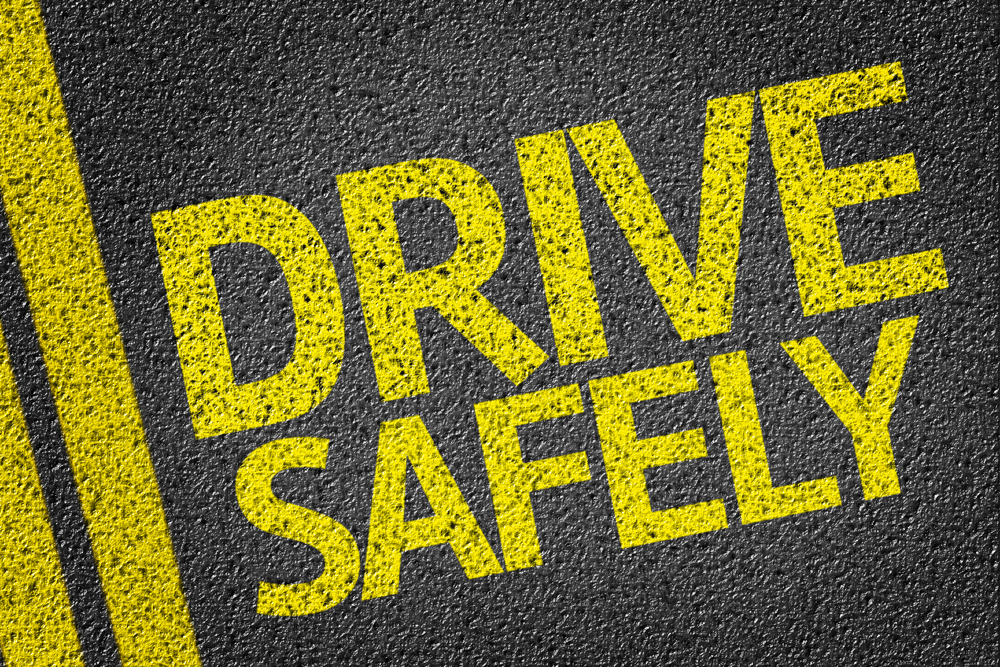
So, we are coming into the winter months. Nights are getting longer, the weather is turning. Travelling to and from work and when driving for the company can be one of the most hazardous activities an employee will undertake. It is estimated that up to a third of all road traffic accidents involve somebody who is at work at the time. This may account for more than 20 fatalities and 250 serious injuries every week.
Does your health and safety policy statement cover work-related road safety? Is there top-level commitment to work-related road safety? Do you have adequate systems to allow you to manage work-related road safety effectively? Do you monitor performance to ensure that your work-related road safety policy is effective? Have you undertaken a risk assessment of work-related driving activities?
Your organization should draw up a policy for driving at work to ensure it is satisfied that:
- Drivers are competent and capable of doing their work in a way that is safe for them and other people;
- Drivers are properly trained;
- Drivers are sufficiently fit and healthy to drive safely and not put themselves or others at risk;
- Vehicles are fit for the purpose for which they are used:
- Vehicles are maintained in a safe and fit condition;
- Safety equipment is properly fitted and maintained;
- Drivers have access to information that will help them reduce risks;
- Drivers’ health, and possibly safety, is not being put at risk, eg from inappropriate seating position or driving posture;
- Routes are planned thoroughly;
- Work schedules are realistic;
- Sufficient time is allowed to complete journeys safely;
- Drivers will not be put at risk from fatigue caused by driving excessive distances without appropriate breaks;
- Sufficient consideration is given to adverse weather conditions, such as snow or high winds, when planning journeys.
Where staff are using their own vehicles, a manager should take responsibility for checking that the employee is licensed to drive, has appropriate insurance and other documentation, and the vehicle is roadworthy. The following should be considered:
- The employee should maintain their vehicle in a roadworthy condition. If the car is more than three years old it will require an MOT certificate;
- The employee should have a current driving licence and appropriate insurance (the employee should present copies of certificates annually, for inspection);
- The employee should be required to inform his/her manager of any changes in circumstances, eg penalty points; changes in insurer, vehicle etc; and use of any prescription medication that affects their ability to drive safely.
Drivers should consider the following points:
- Report any vehicle defects to their line manager and don’t drive defective vehicles;
- Be aware of what action needs to be taken in an emergency situation;
- Ensure that they are physically fit to drive and inform their line manager of any health problems or personal circumstances which could make driving hazardous;
- Don’t drive while under the influence of alcohol or drugs. Remember, some prescription drugs can adversely affect the ability to drive. Check with your doctor or pharmacist;
- Have regular eye tests and ensure that any necessary corrective eyewear is worn;
- Don’t use a mobile phone while driving;
- Drive within speed limits and to the speed dictated by conditions, which may mean driving at less than the limit;
- Follow advice on route planning supplied by line management; where required, ensure that suitable breaks are included to prevent fatigue; allow extra journey time and breaks, where required, to allow for bad weather, traffic congestion etc;
- Stay calm and relaxed while driving, and try to avoid situations which could lead to stress or road rage;
- Fatigue will be more of a problem at certain times of day and when nearing the end of a long journey. There is an increased likelihood of falling asleep in the afternoon and in the early hours of the morning.
Many employers carry out internal assessments of driving skills in addition to the minimum legal requirements. This can be conducted in house or carried out by an external assessor.
If you need to chat through anything then please make contact via the details shown below.
Colin.nottage@influentialmg.com
Tel 01780 438886 or 07799 656303

